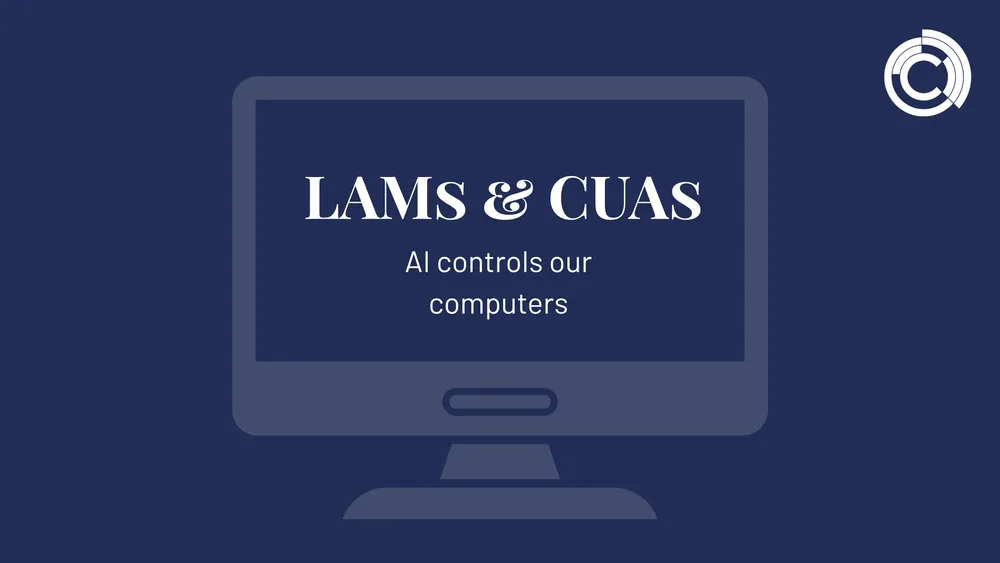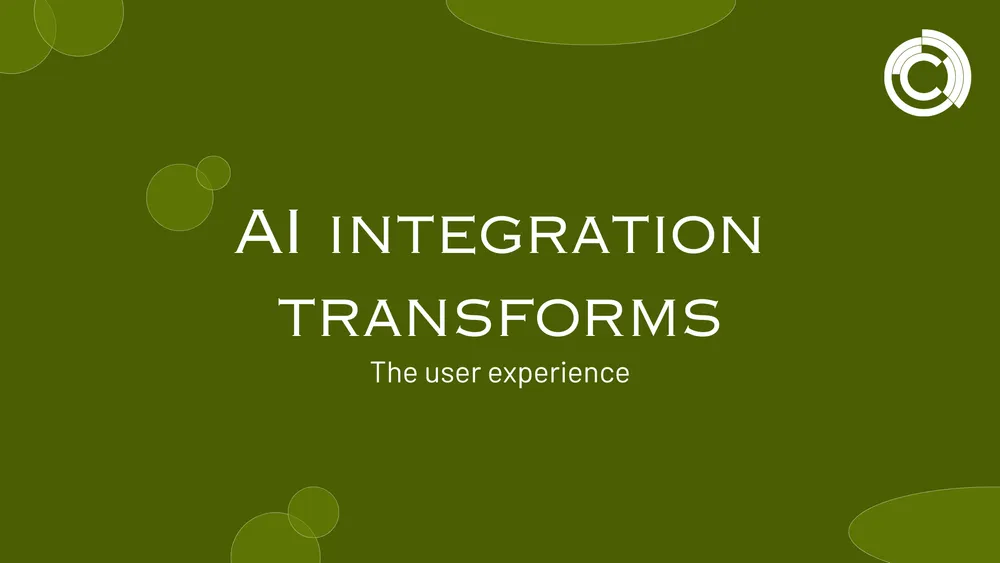
CCNet
Oct 10, 2025 • 2 min read

Conversational AI instead of prompting – speaking naturally instead of typing commands
Just a few years ago, prompting was considered a key skill in working with artificial intelligence. Those who could formulate the right commands received useful results. But in 2025, access will change fundamentally: conversational AI will replace manual prompting. Instead of entering commands, users will communicate with AI systems just as they would with colleagues – in natural language, by voice or text.
From command to conversation
The crucial difference: AI no longer only understands clearly defined commands, but engages in dialogue on an equal footing. This means:
• Requests do not have to be perfectly formulated.
• Queries and clarifications are made automatically.
• Results are iteratively adjusted until they are right.
For companies, this is a paradigm shift. AI is no longer perceived as a technical tool, but as an interactive partner that adapts to the flow of conversation.
Easy access for all employees
Until now, the use of AI was often reserved for experts. Conversational AI makes the technology accessible. Every employee—regardless of their IT skills—can interact with AI systems. Whether in sales, human resources, or production, simple voice commands are all it takes to perform analyses, create documents, or automate tasks.
This makes AI an everyday companion in the office, as natural as email or smartphones.
Advantages for companies
Conversational AI offers clear advantages for management:
• Productivity: Employees save time because they need less training in prompting.
• Acceptance: AI is accepted more intuitively and quickly.
• Scaling: AI use spreads to broader employee groups.
• Innovation: Specialist departments can implement ideas independently without involving IT specialists.
Challenges
Despite all its advantages, conversational AI also entails risks:
• Accuracy: Natural language is less precise, which can lead to misunderstandings.
• Data protection: Voice and text interactions generate sensitive data that must be protected.
• Dependency: Companies risk employees relying too heavily on AI and neglecting critical thinking.
These risks can be reduced through clear governance guidelines and transparency.
Application scenarios
Conversational AI is already widely used:
• Customer service: Virtual assistants conduct entire consultations.
• Human resources: Job interviews or employee feedback are moderated with the help of AI.
• Management: Managers have reports or forecasts “told” to them instead of having to retrieve them manually.
For companies, this means that AI is not only becoming easier to use, but also closer to humans.
Conclusion: Humans speak – AI understands
Conversational AI marks the next evolutionary step in the use of artificial intelligence. The focus is shifting from technical operation to natural interaction. For companies, this means that AI is becoming more accessible, scalable, and effective.
The days when prompting was a specialized skill are coming to an end. In the future, we will simply talk to our systems—and they will do the rest.
gement
Further information can be found here: Ai Trends 2025
FAQ on Conversational AI
What distinguishes Conversational AI from classic prompting?
You no longer enter commands, but speak naturally with the AI.
What are the advantages for employees?
Easy to use without IT knowledge and increased productivity.
In which areas is conversational AI used?
Customer service, HR, management reports.
What are the risks?
Inaccurate language, data protection risks, dependence on AI
Why is this a paradigm shift?
AI is no longer perceived as a tool, but as a conversation partner.


